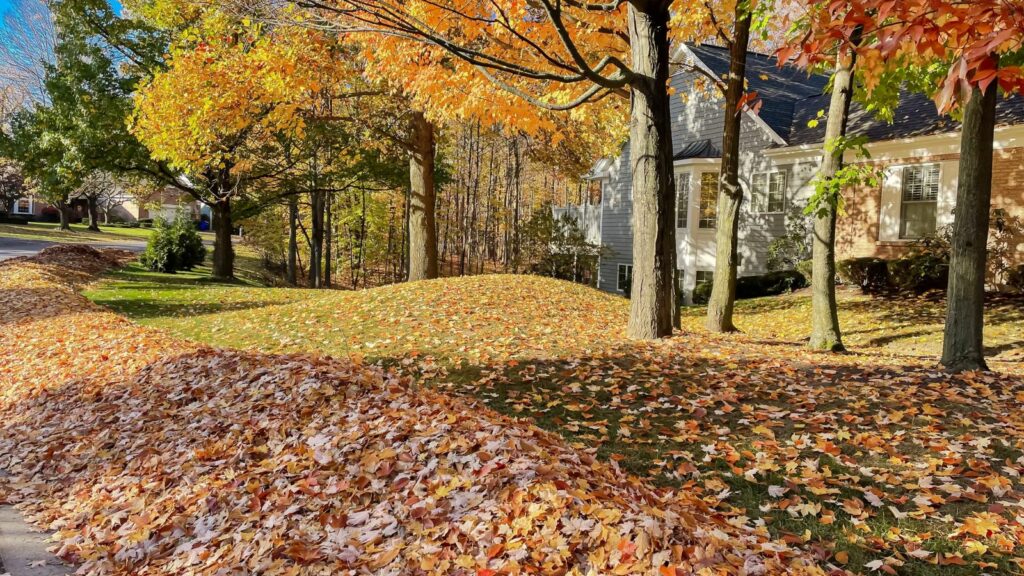The early signs of a potential crime surge in a neighborhood can often be hard to spot. While some indicators are subtle, others are clear and concerning. Recognizing these warning signs is essential for personal safety, protecting your property, and taking proactive steps before the situation worsens. Whether it’s an increase in vandalism or a rise in suspicious behavior, being aware of these signs can help you stay ahead of potential crime. Here are 20 alarming signs that your neighborhood might risk experiencing a crime surge.
Residents Moving Out

If many people leave the neighborhood, it may be a warning sign of increased crime. People leave when they feel unsafe or even at the beginning stages of climbing crime. The departure of long-time residents may indicate that crime has become a significant issue, causing others to change their minds about settling in the area.
Increase in Substance Abuse

Seeing more public drug and alcohol use can signal an alarming trend in your area. This behavior often goes hand-in-hand with other criminal activities, like drug dealing and theft. Start to find drug paraphernalia, such as needles, or notice a higher number of drunk people wandering around. It can create an environment of insecurity and raise the likelihood of more crime.
Rise in Violent Crimes

High rates of violent activities, like assaults, muggings, and shootings, are a major red flag that crime has started to escalate in your neighborhood. This usually involves settling conflicts, gang activities, or drug-related issues, making the place dangerous for most inhabitants.
Increase in Property Damage
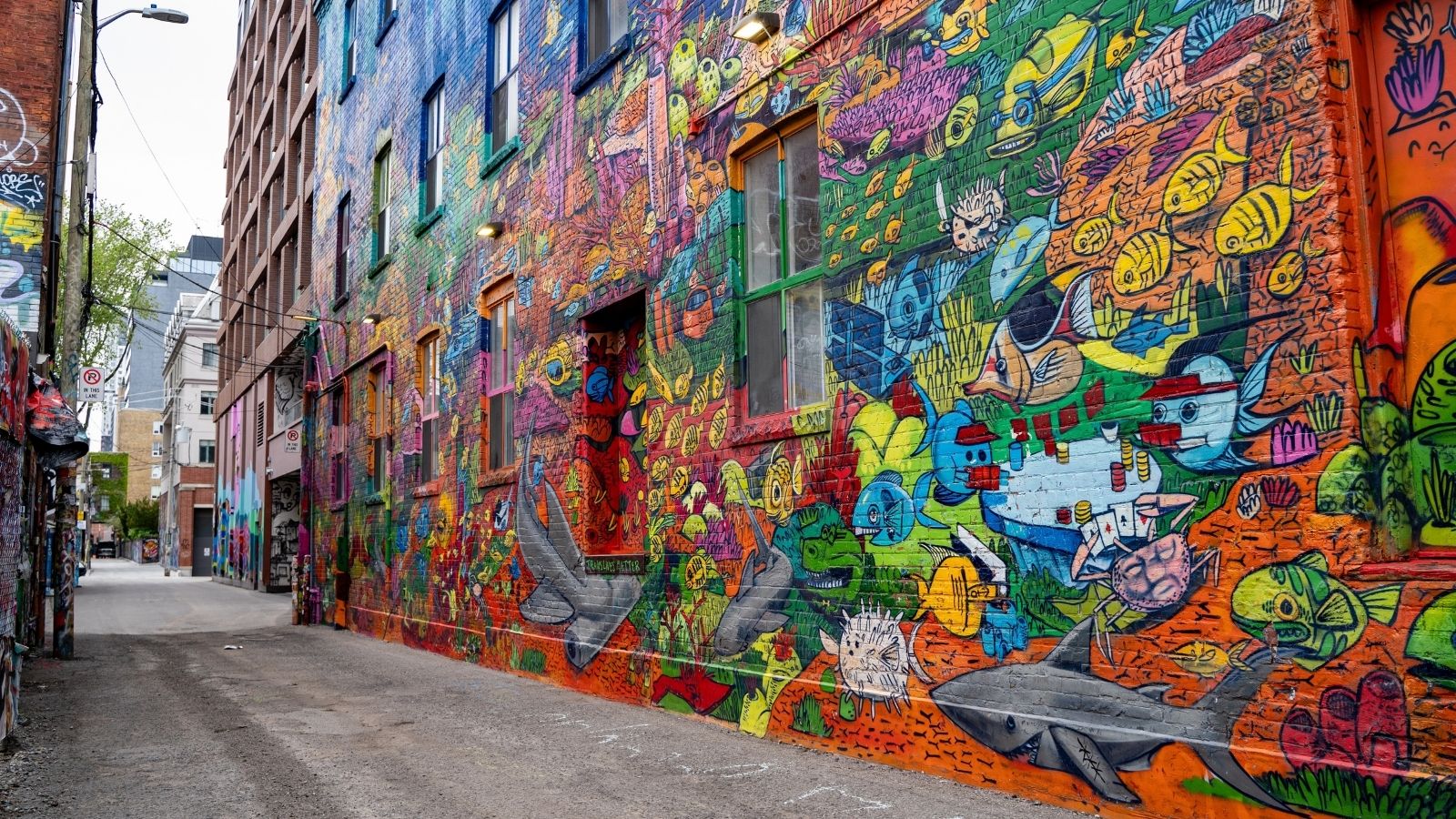
Increased vandalism, broken windows, or damaged public property signify a loss in a community’s caring and safe feeling. Destruction can lead to an escalating level of criminal activity because the space seems less monitored and perhaps more susceptible to criminal activities.
Higher Police Presence
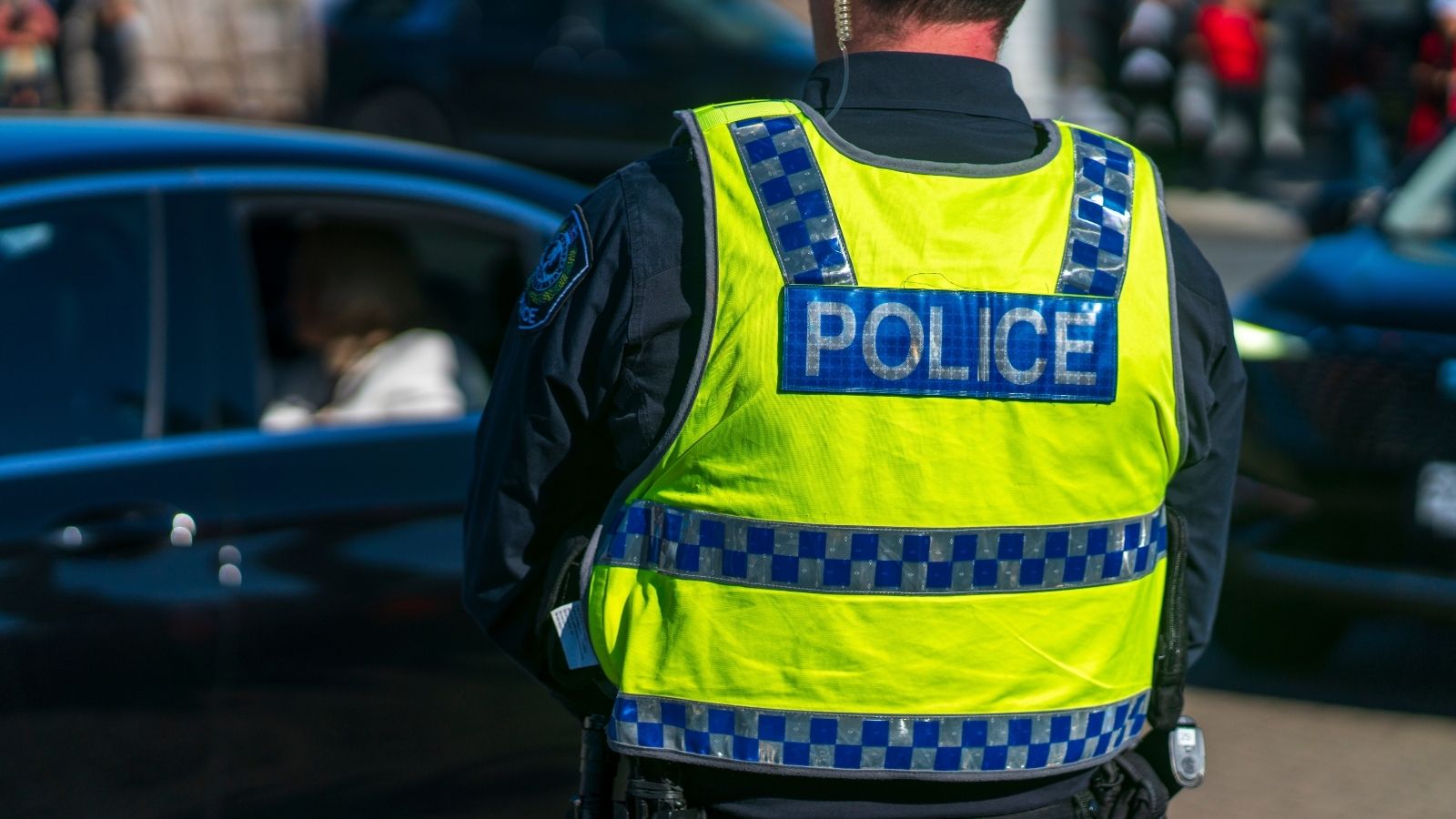
More patrol cars may indicate an increase in crimes, or frequent visits by law enforcement may indicate an increase in the rate of crime. It might be that the police are responding to the uptick in criminal activities or working on preventing further incidents as crime levels begin to show in your neighborhood.
Strangers Knocking on Doors

Frequent knocking on the door by strangers, especially if one gets used to seeing them almost daily, may indicate criminal activity, such as scouting houses for easy burglary targets or commissioning scams. These strangers may well be sizing up homes for vulnerable points that often precede theft or other crimes.
Abandoned Buildings or Homes
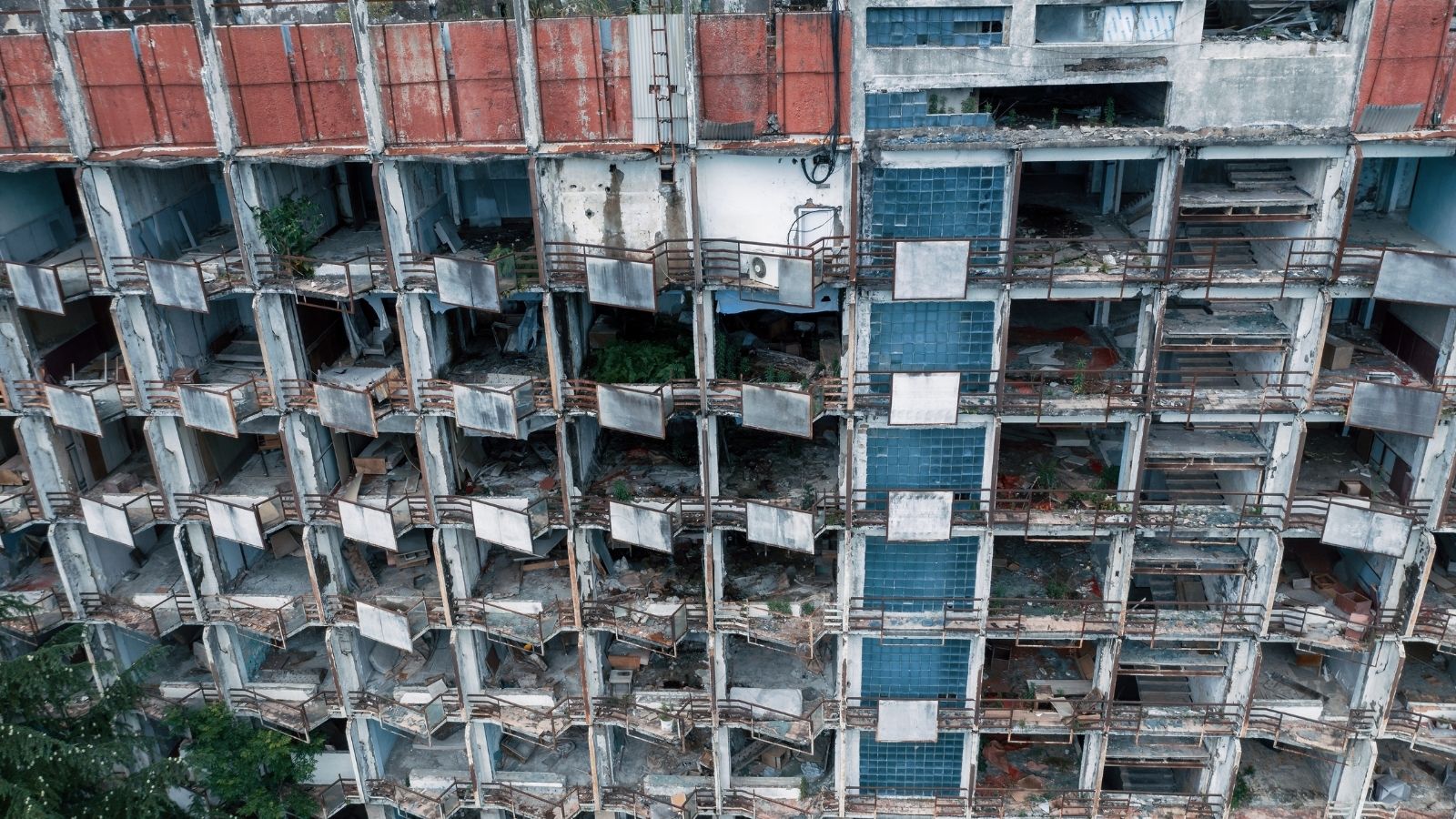
These are ideal danger spots, as they have classically been neglected and thus ideal spots for criminals to misuse illegally for vandalism, drugs, or squatting. They always attract criminals looking for secluded places to conduct their illegal activities. These represent an increase in crimes that are going to be experienced in the community.
Rising Theft and Burglary Rates
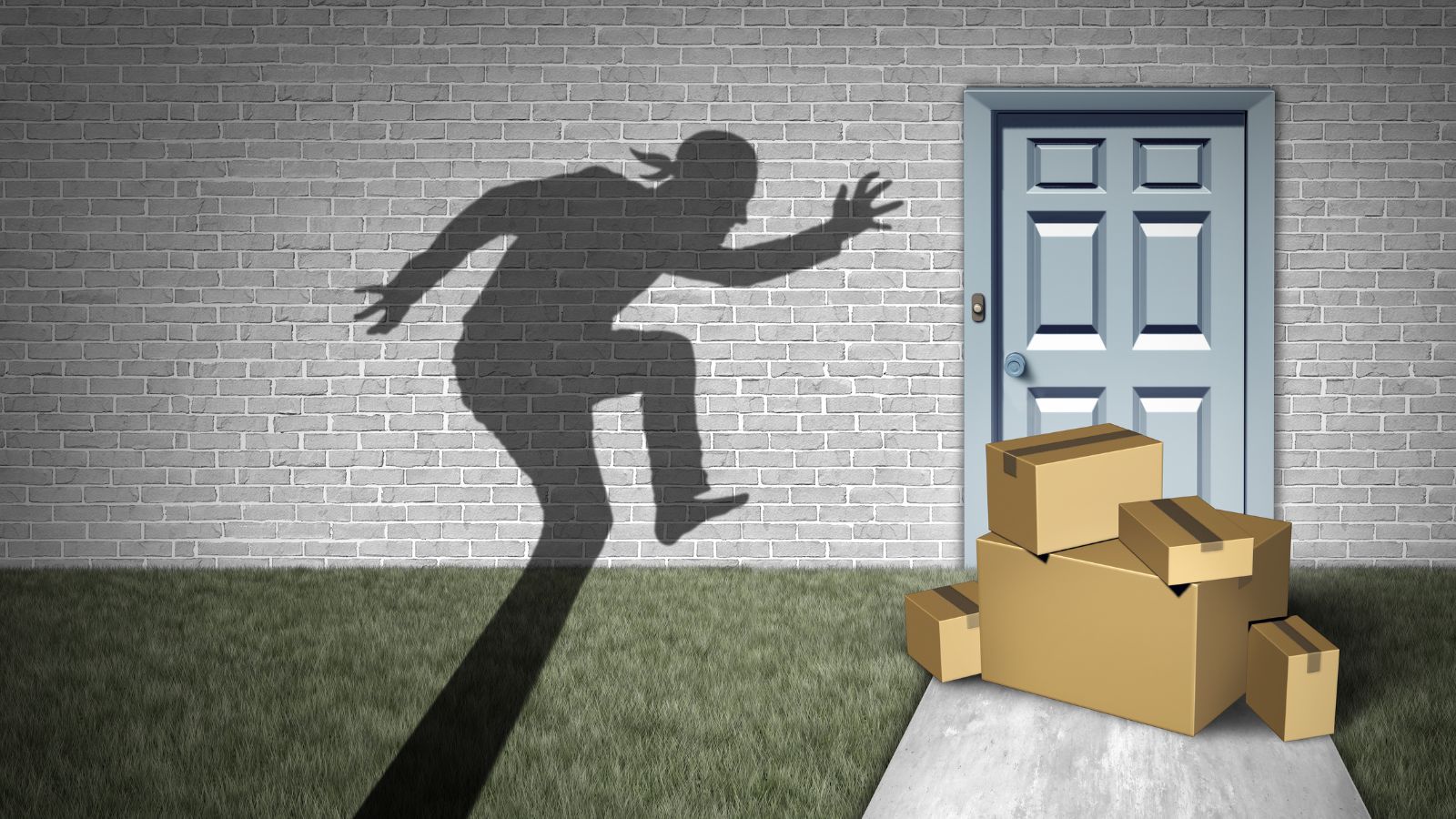
If a rise in break-ins, car thefts, or home invasions can be noticed, it is indicative that the criminals are being more active in the area, targeting properties and belongings alike. It can be seen as a failure of neighborhood security and thus increases the risk to the residents.
Gang Activity
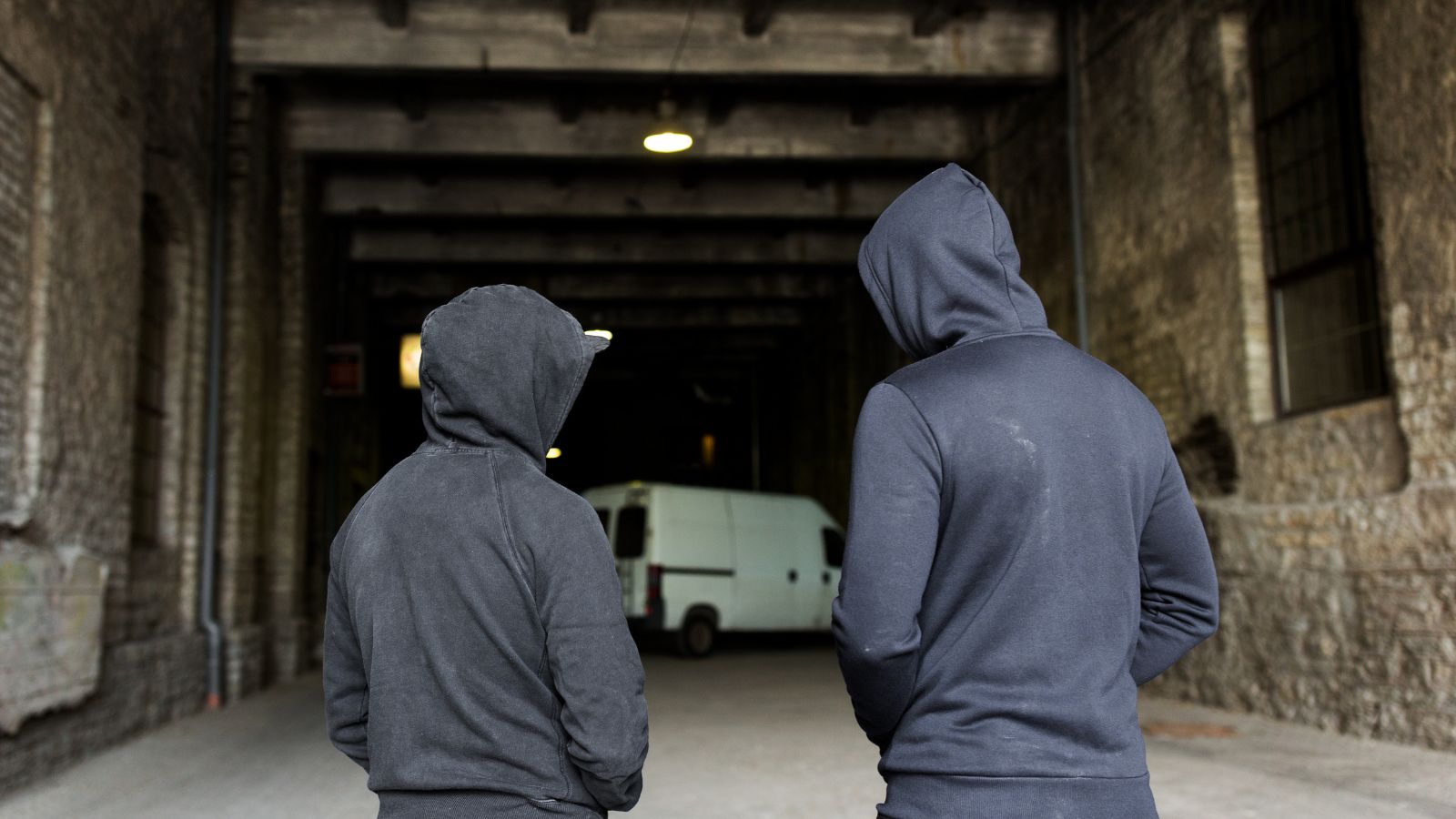
When a gang moves into a neighborhood, you might see gang graffiti, regular hangouts by known gang members, or increased drug and weapon trafficking. Because gangs are engaged in ever-increasing violence and property crime as they fight for control and territory.
Decline in Public Services

A decline in public services starts when garbage is collected only a few times a month, parks are neglected, and streetlights break and remain unrepaired. All this neglect tends to attract loiterers, increase disorder, and provide an invitation for criminals to become more active in the area.
Suspicious Individuals
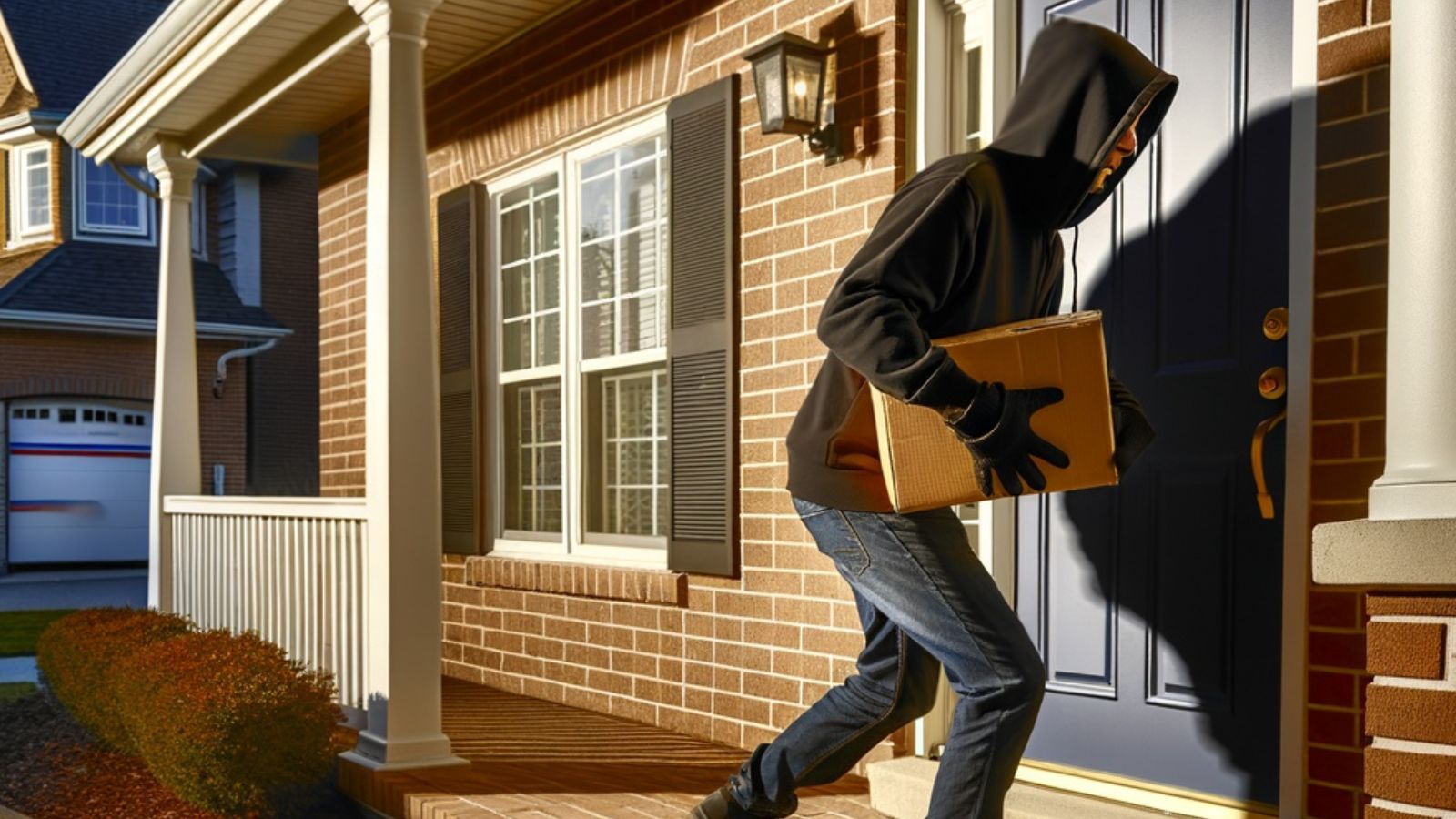
Lurking around homes, cars, or public areas by people unknown to others, especially if those people seem to be observing the surroundings or act suspiciously, may indicate potential criminal activity. Such behavior may suggest that these individuals are scouting for possible targets to steal from or commit burglary, creating apprehension and anxiety within the neighborhood.
Noise Complaints

Frequent disturbances such as loud music, shouting, and street racing can signal a failure of community order. Most of them attract unwanted attention, heighten levels of conflict, or signal an increase in unlawful gatherings; thus, they easily could make neighborhoods feel less safe and add to rising crime rates.
Unsecured or Broken Streetlights
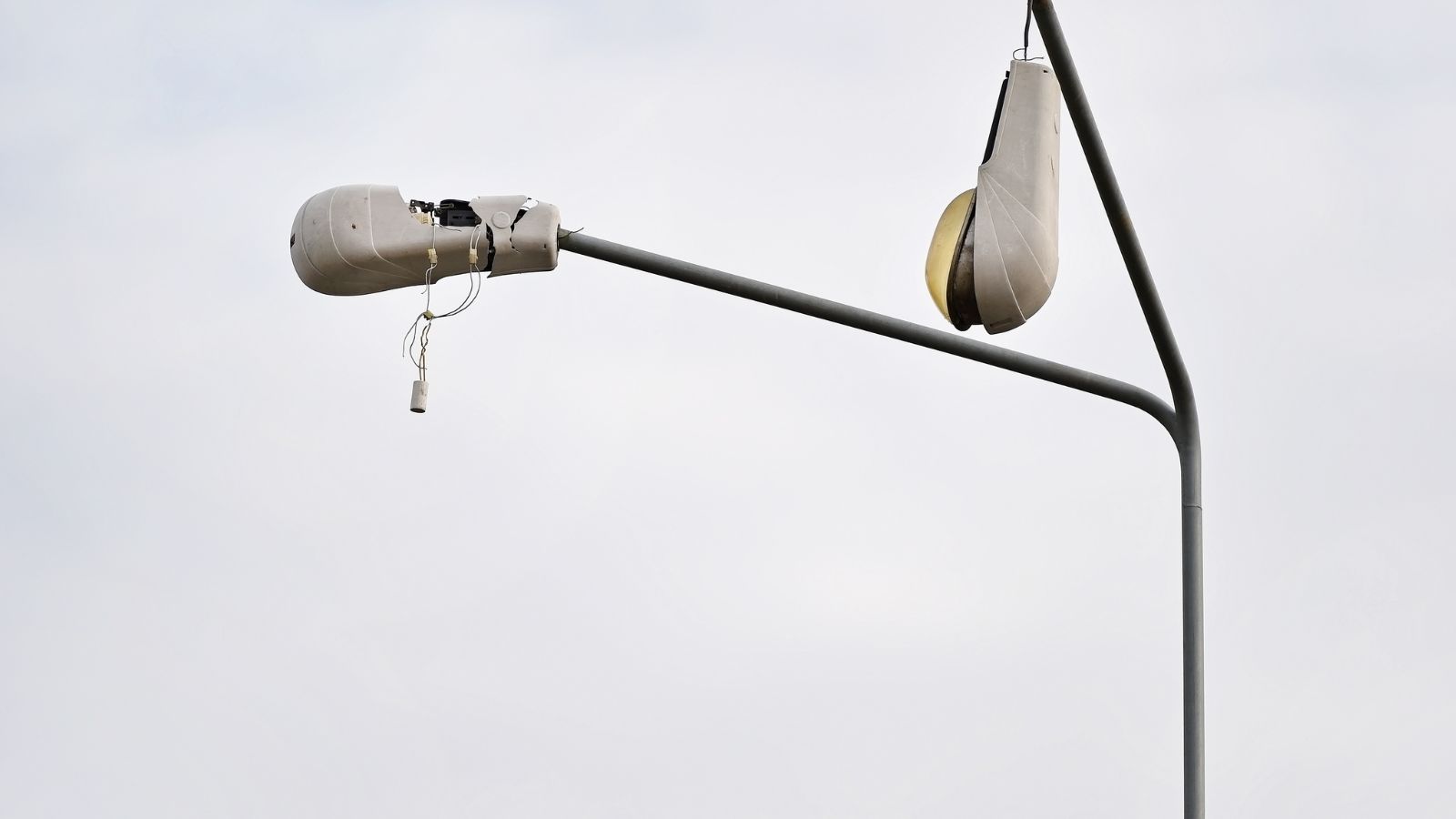
Lack of proper lighting offers cover for criminal activities. This enables criminals to commit evil acts without being easily detected. When streetlamps are broken or kept unlocked, it subjects people staying in such areas to insecurity since dark spaces often encourage loitering and other less concealed felony activities that increase crime in the neighborhood.
Increased Security Measures
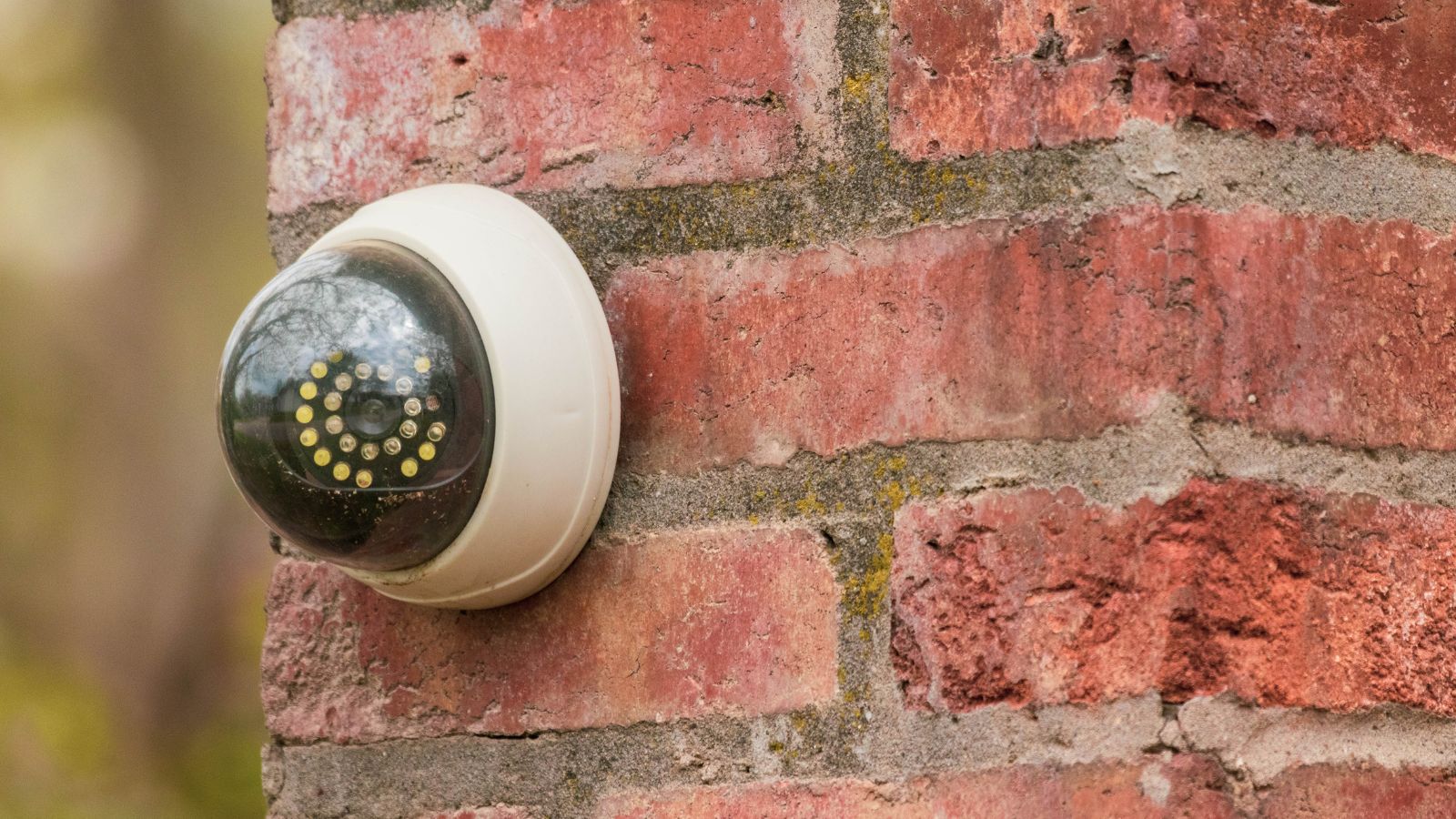
Suppose you notice many homes and businesses installing security cameras, alarm systems, or reinforcing entry points, such as putting bars on windows. In that case, residents are likely starting to fear for their safety and preventing criminal activity. The collective concern will be a red flag that crime is flourishing in the neighborhood.
Closed or Struggling Businesses

Even evidence of business failure or insolvency among local firms can mean the loss of community safety and economic stability. Crime frightens away customers, for example, leading to a vicious cycle in which reduced foot traffic engenders even more closures. Too many vacant shopfronts breed crime and leave a neighborhood feeling unsafe.
Frequent Arrests
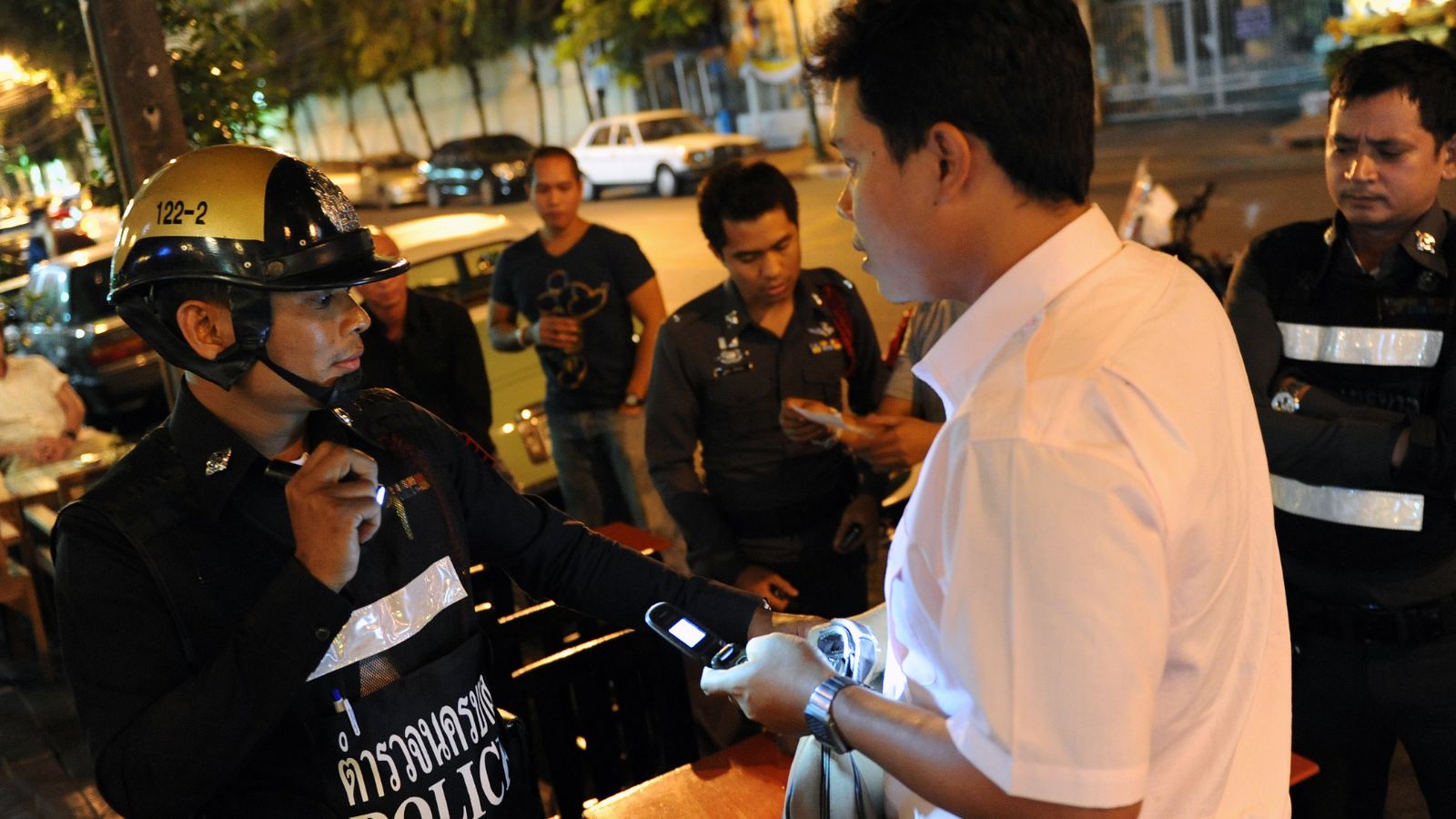
Suppose you are seeing arrests emerging at a somewhat steady pace in your neighborhood for worse offenses than minor offenses, such as drug-related crimes or violent acts. In that case, that may indicate that criminal activity is on the rise. Most often, this is linked to the efforts of law enforcement to be more proactive about increased crime in the neighborhood, which gives a view into unsafe space.
Poor School Performance

Schools with declining student performance, attendance, and engagement often mirror a decline in neighborhood stability and are more likely to be characterized by poverty and crime. Low school performance leads to fewer educational opportunities for children, and students resort to criminal activities as they look for other ways through which to grow their productive capabilities.
Increased Loitering
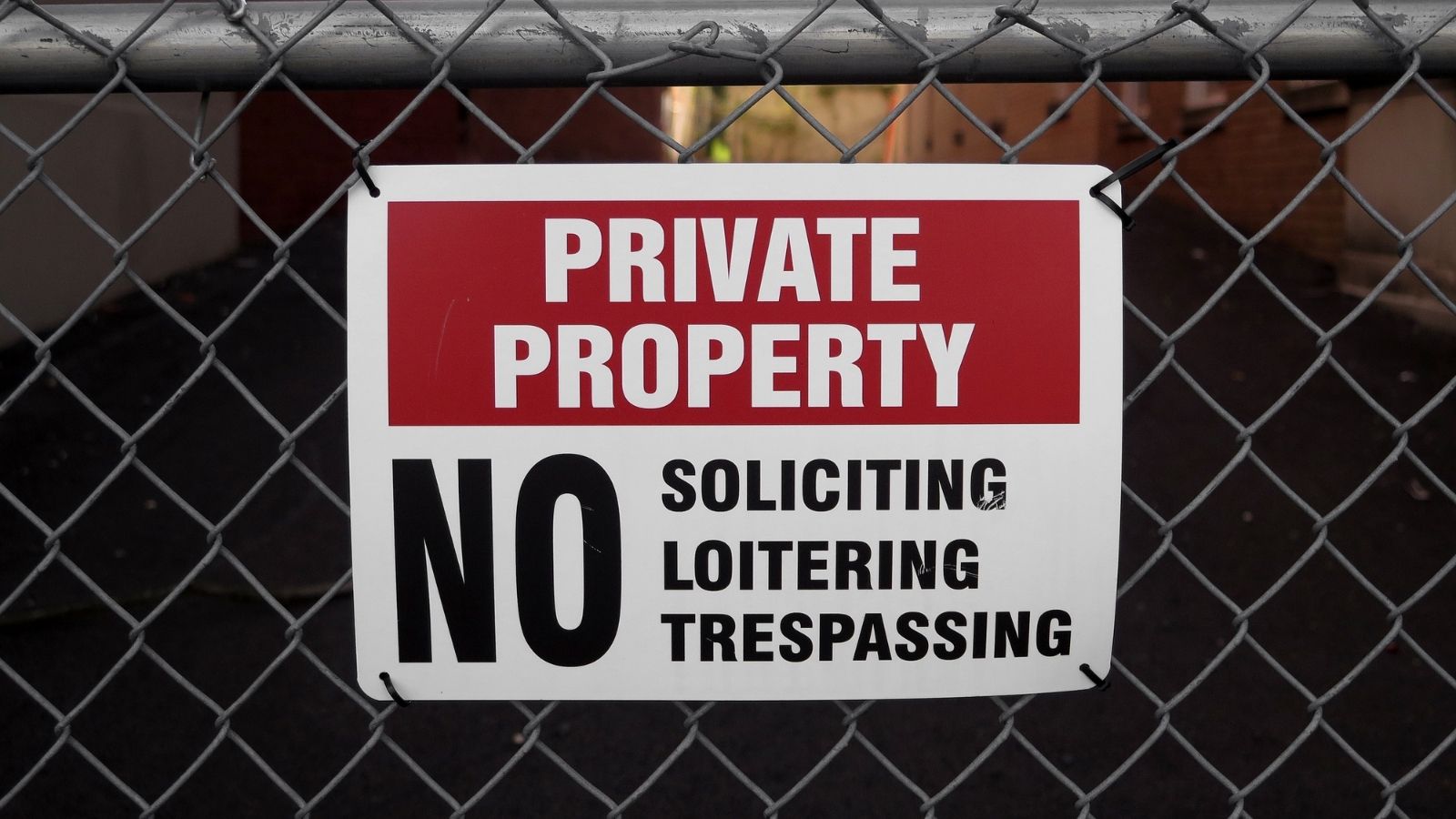
Enhanced loitering is simply the term used to describe more people just hanging around in public places for longer periods than usual, especially without any intention or agenda. It may form part of an indicator of increased crime if the individuals are perpetrating or discussing illicit activity, such as drug peddling or gang activity.
Sudden Rent Drops
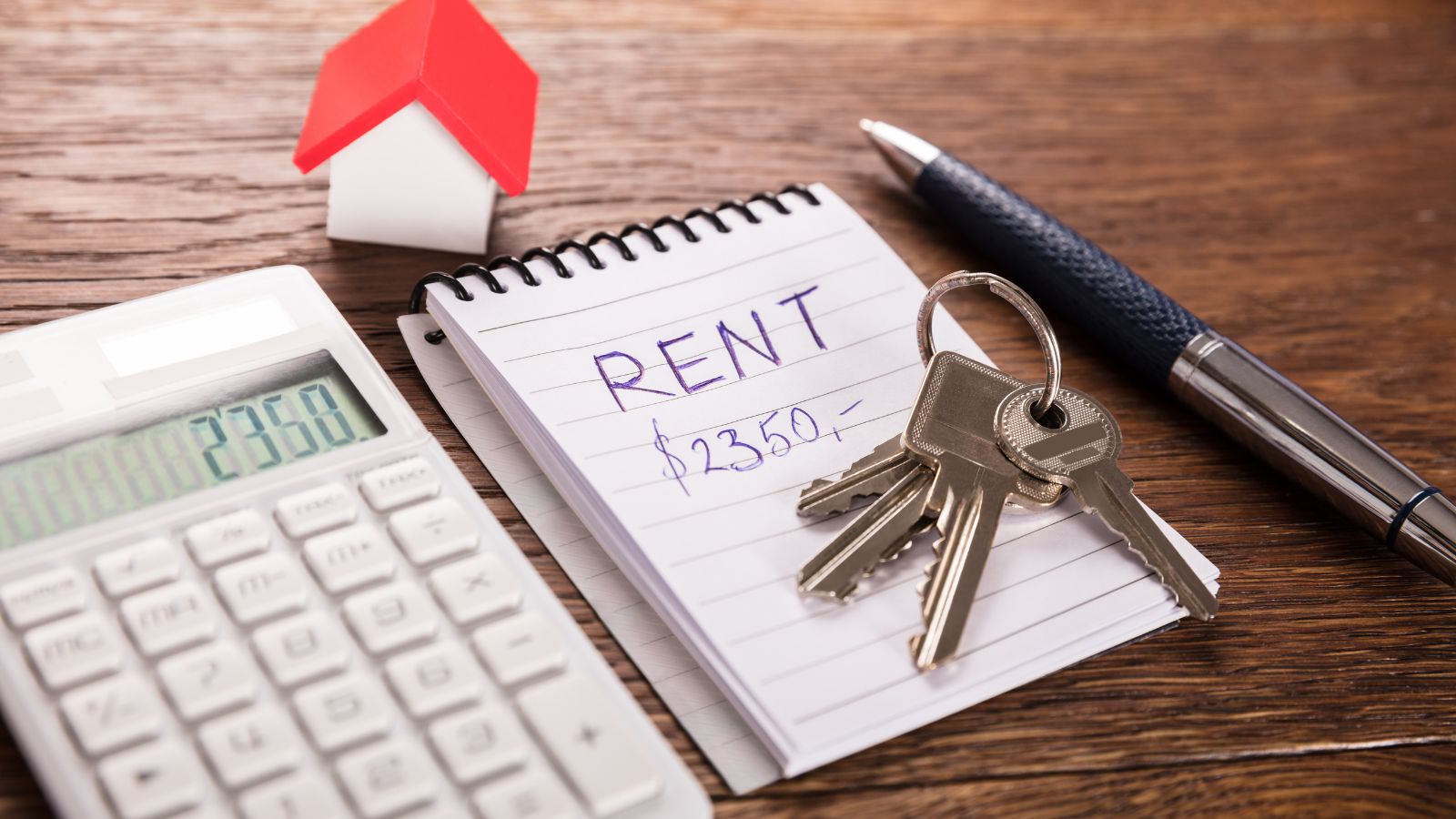
When the rental prices in a specific area tend to decline, it may be merely a case where landlords have difficulty filling their vacant properties due to safety issues. In this regard, this is brought about by a general perspective that the safety within the neighborhood has been degrading over time and may not be a good place for renting.
Increased Presence of Security Companies
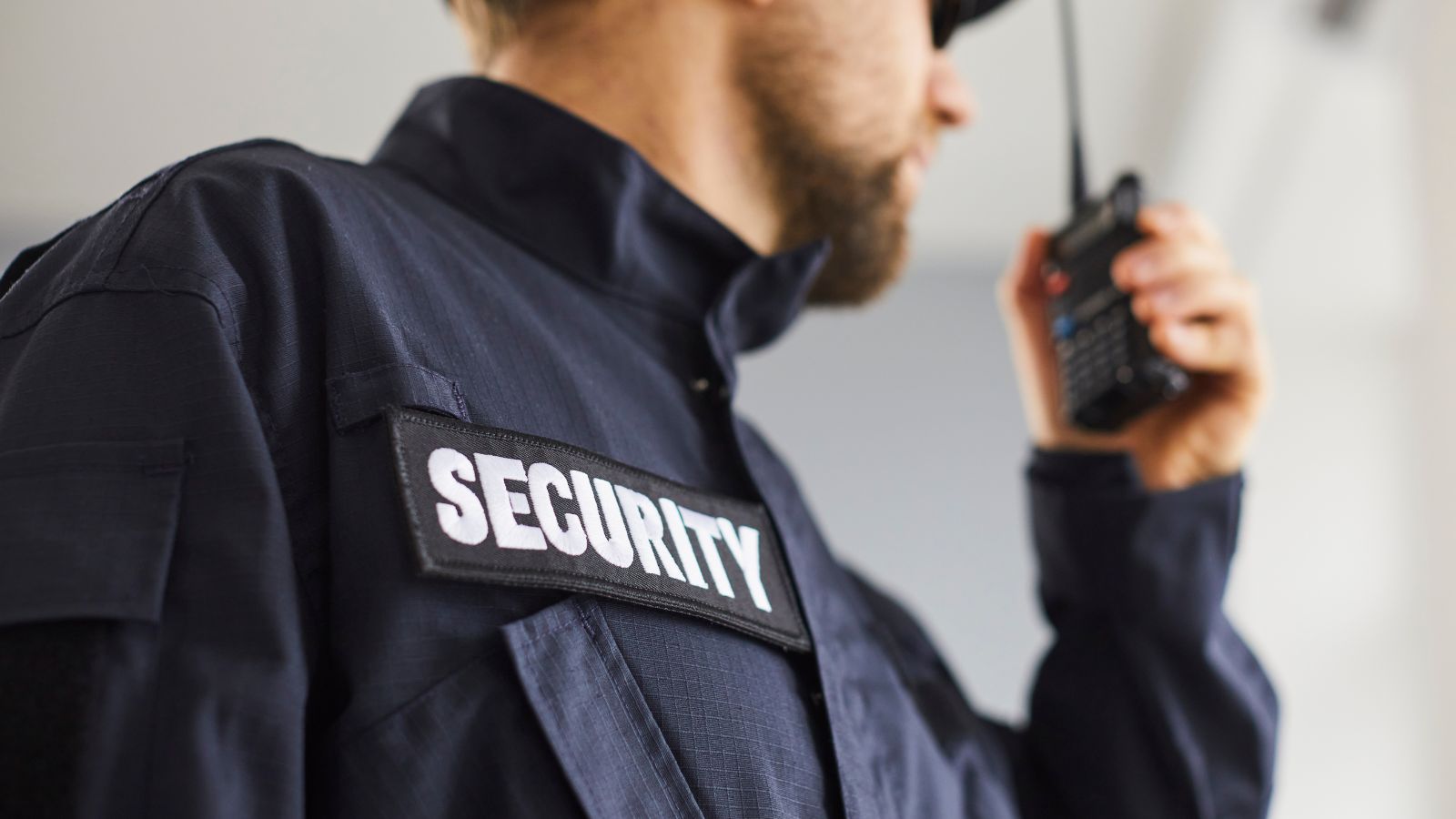
Suppose there are more private security guards around your neighborhood or increased advertisements for security services. In that case, it might indicate that residents and business owners are concerned about these escalating crime rates. Most of the time, such a security presence also shows a community’s effort to pro
tect itself from the fear of criminal activity.
Conclusion
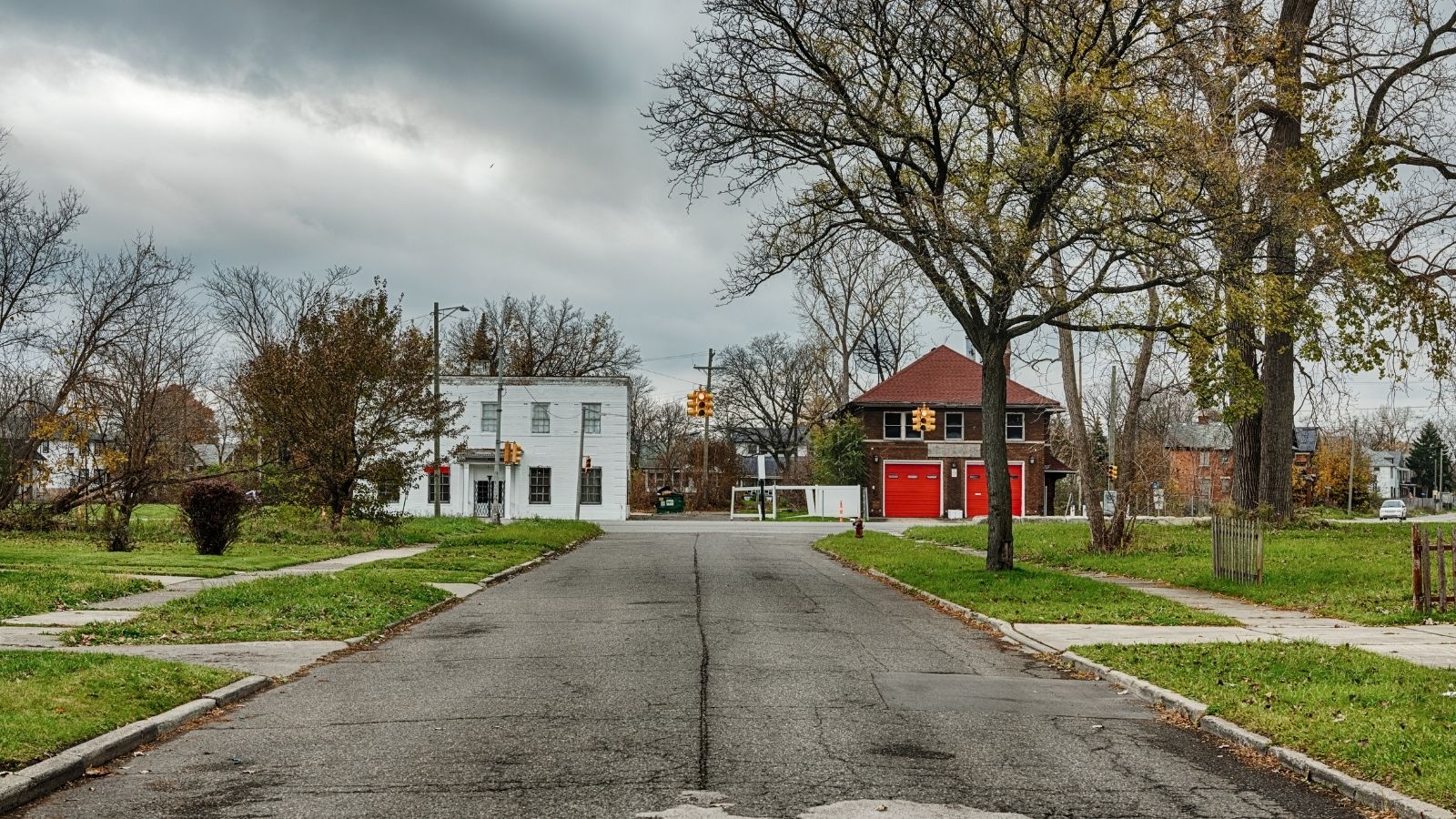
In summary, there are several warning signs that suggest a neighborhood may be experiencing a crime surge. Notable indicators include a rising number of residents moving out, increased substance abuse, a higher police presence, and broken streetlights. When these signs occur together, they often signal a troubling trend in criminal activity. Being aware of these signs can help you take proactive measures to ensure your safety and protect your community from further decline.
18 Reasons Why People Are Leaving Florida in Masses

Exploring factors that impact the desirability of living in Florida, this list delves into various challenges shaping residents’ experiences. From environmental concerns like rising sea levels to economic factors such as fluctuating job markets, these issues collectively contribute to a nuanced understanding of the state’s appeal.
18 Reasons Why People Are Leaving Florida in Masses
